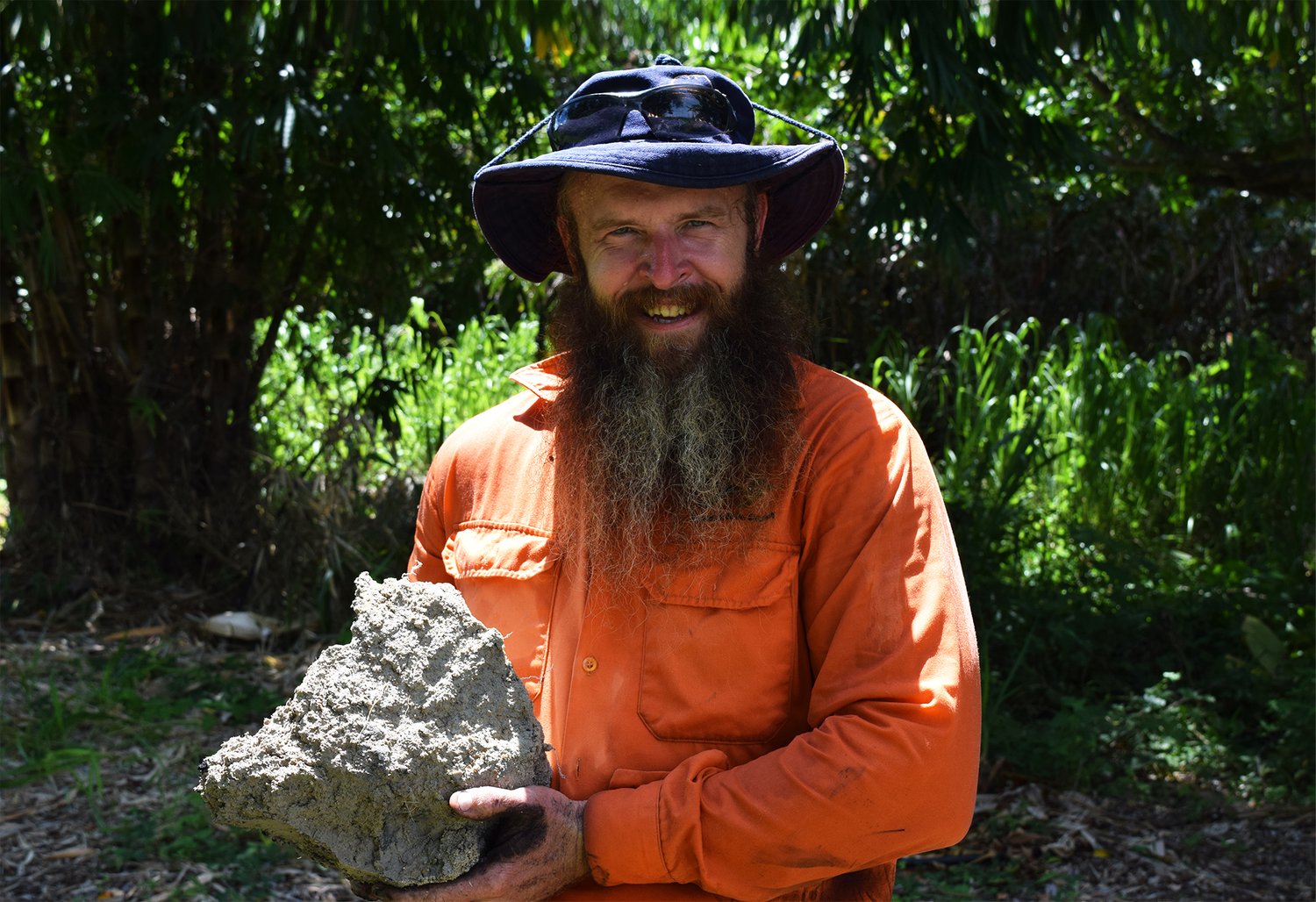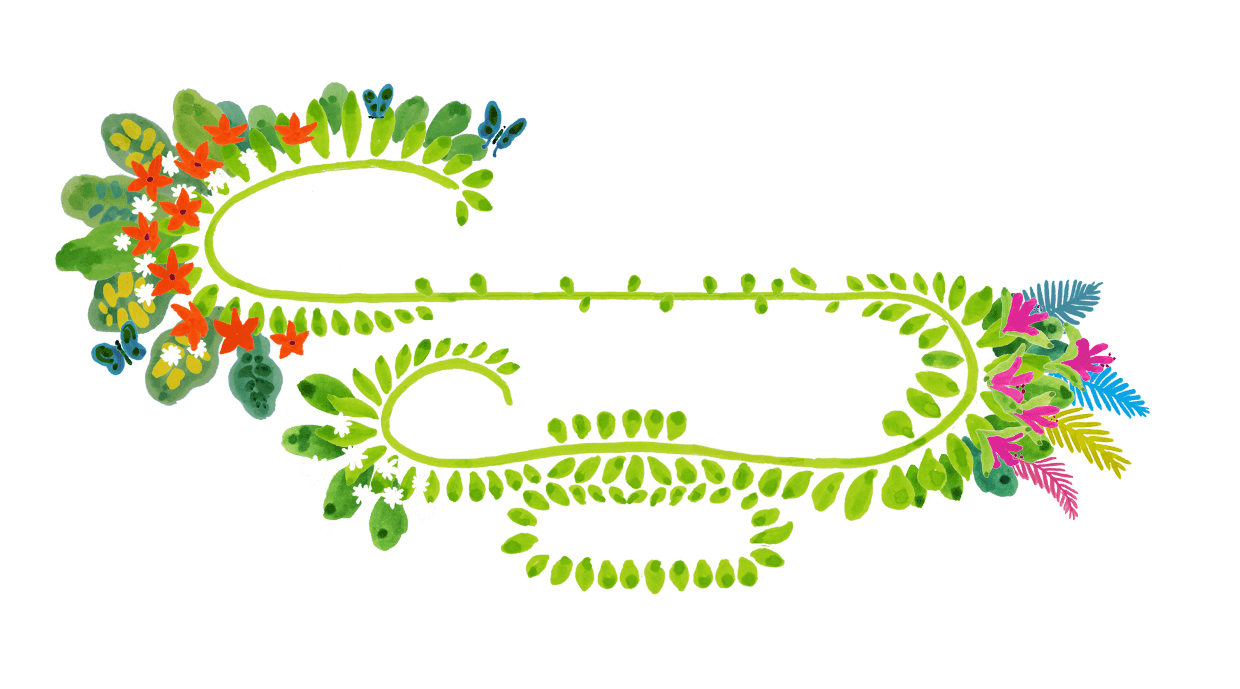
Queensland, Australia
Gurrbum
Reconnecting a strategic corridor for the endangered Southern Cassowary
Gurrbum provides a critical link in Cassowary habitat within the Smith’s Gap Corridor which connects protected areas of the Wet Tropics World Heritage Area. Smith’s Gap is part of Australia’s longest east-west tropical rainforest corridor.
This site has become a registered Nature Refuge which is protecting the property from changes in land use and ensure the safety of all the fauna there.
The Australian Government Threatened Species Prospectus identifies revegetation of Smith’s Gap as a priority project for Cassowary recovery.
Forest Maker Brett Krause

2,000
Trees
500
Square Meters
76
Native Species
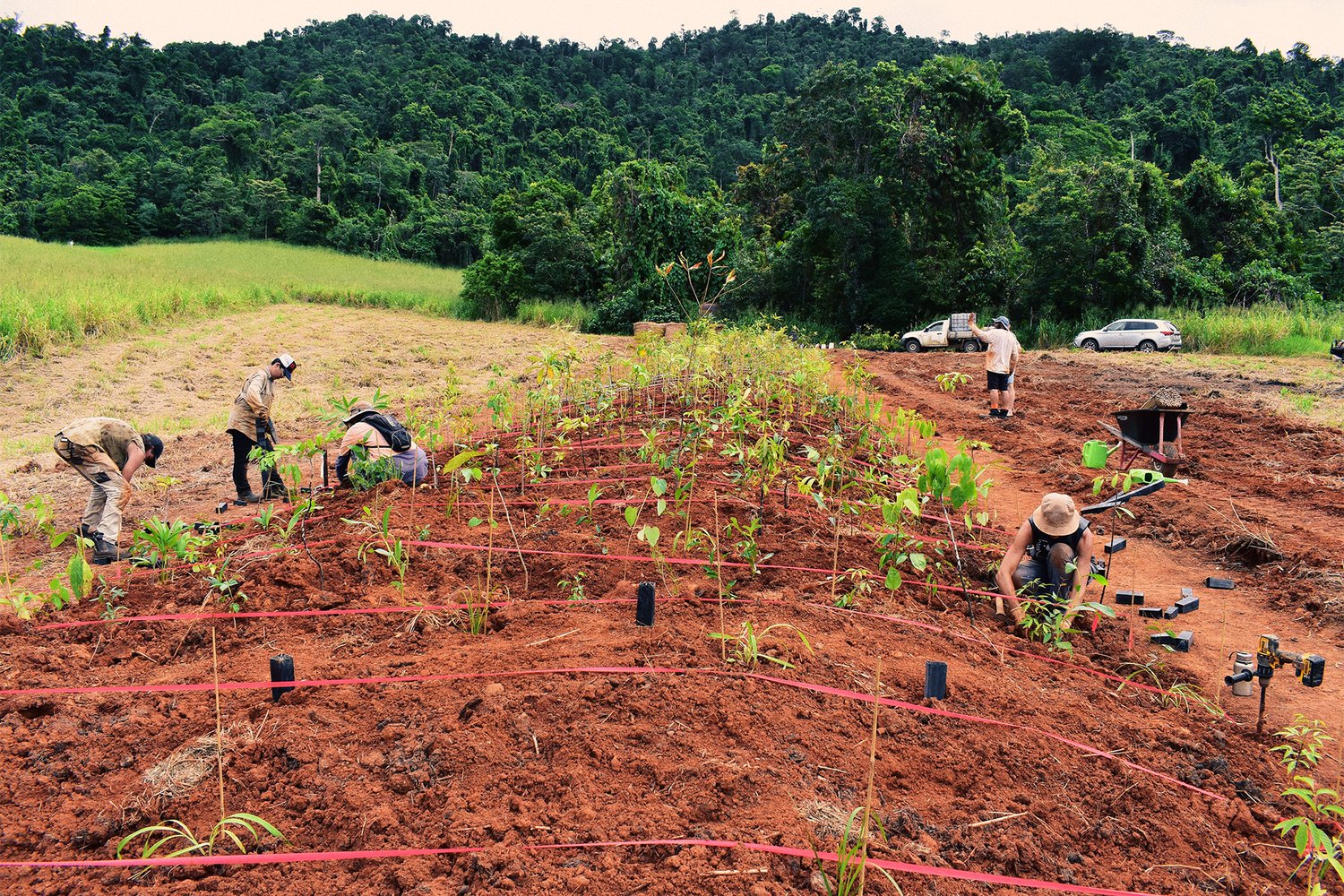
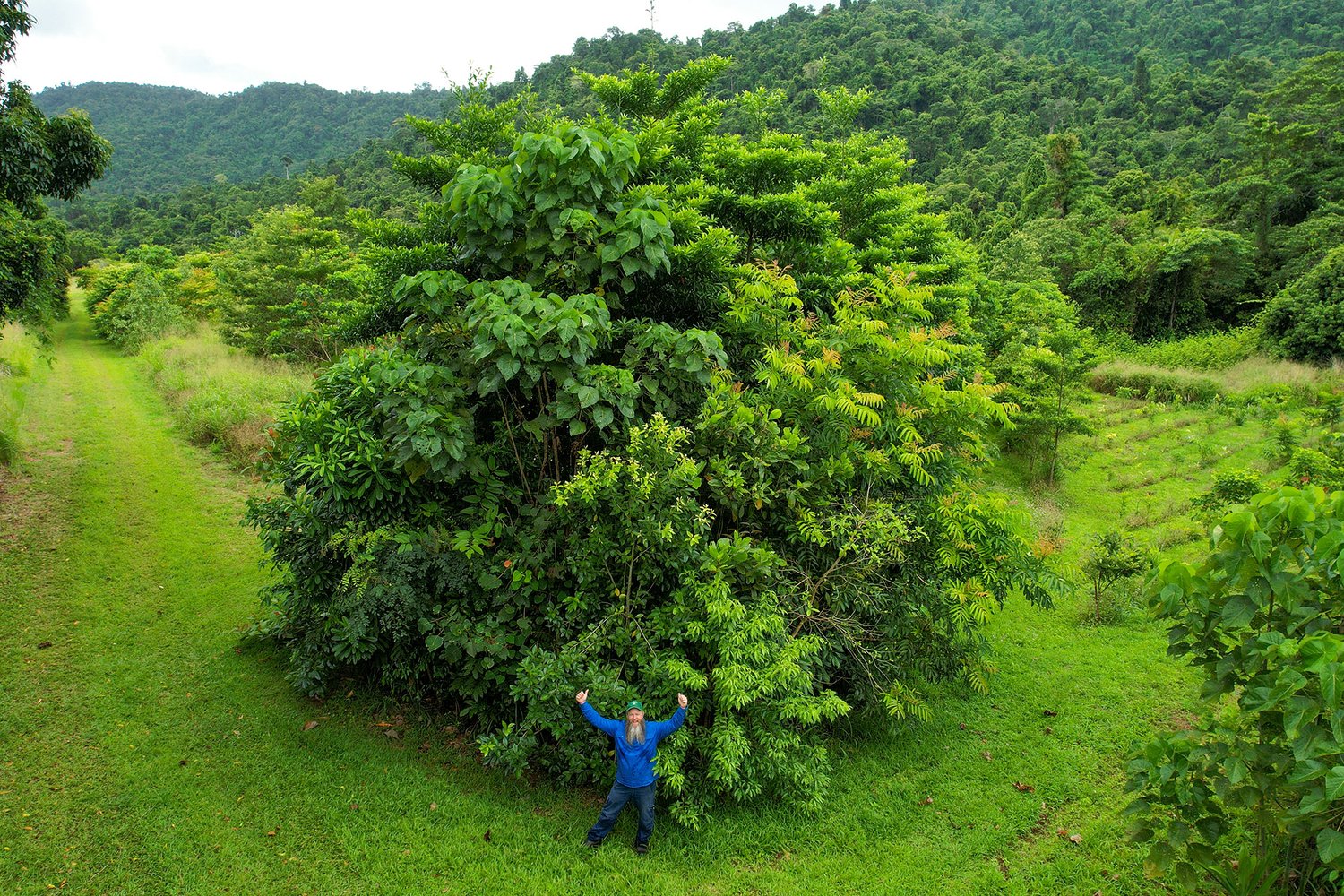
“I’m thrilled, the Miyawaki Forest will connect habitat and create a corridor for endangered wildlife to move across the site which will enhance biodiversity. It will also improve water quality that flows to the Great Barrier Reef.”
— Brett Krause
Forest Report: 2 Years
DATE: 22.03.2023

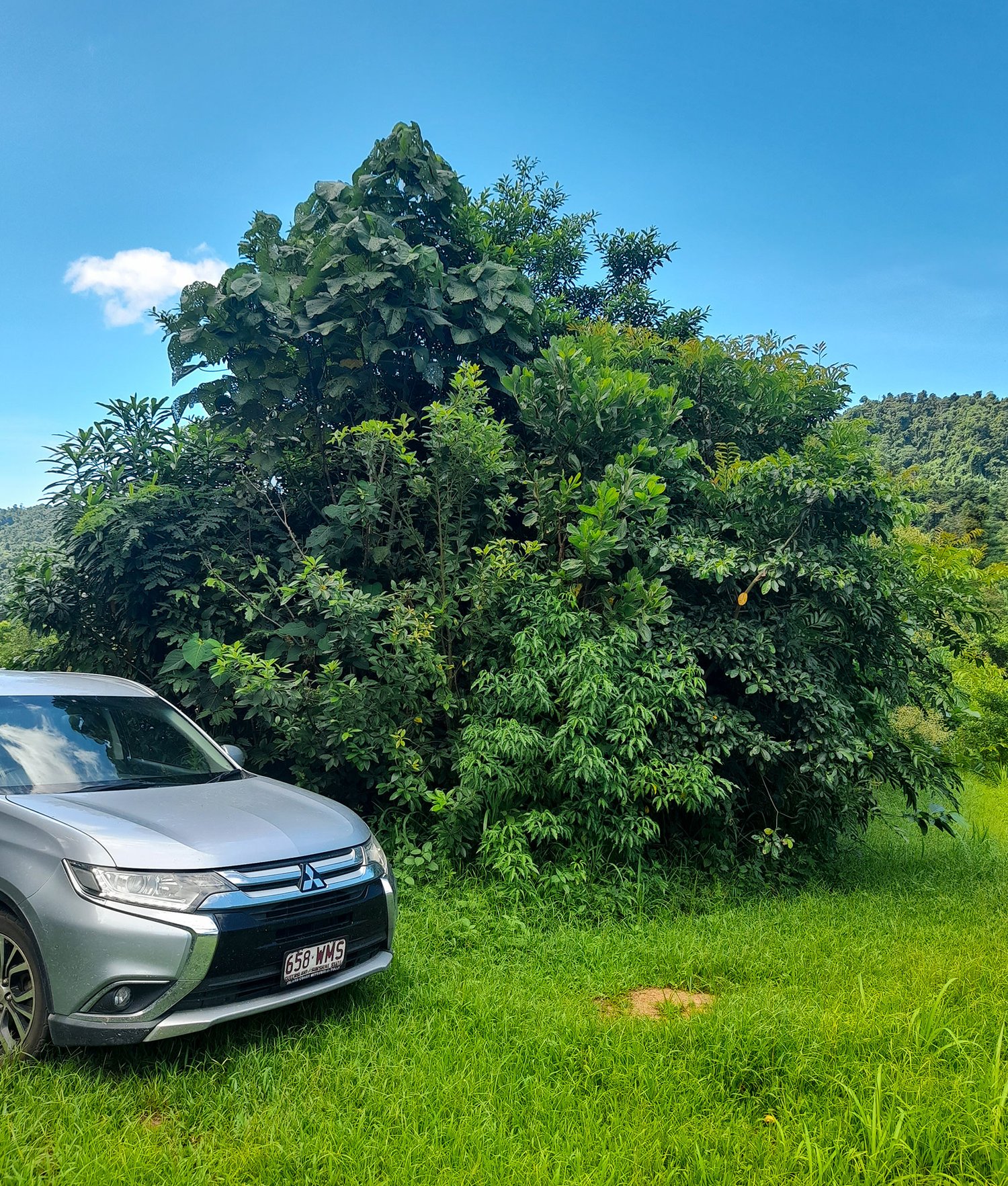
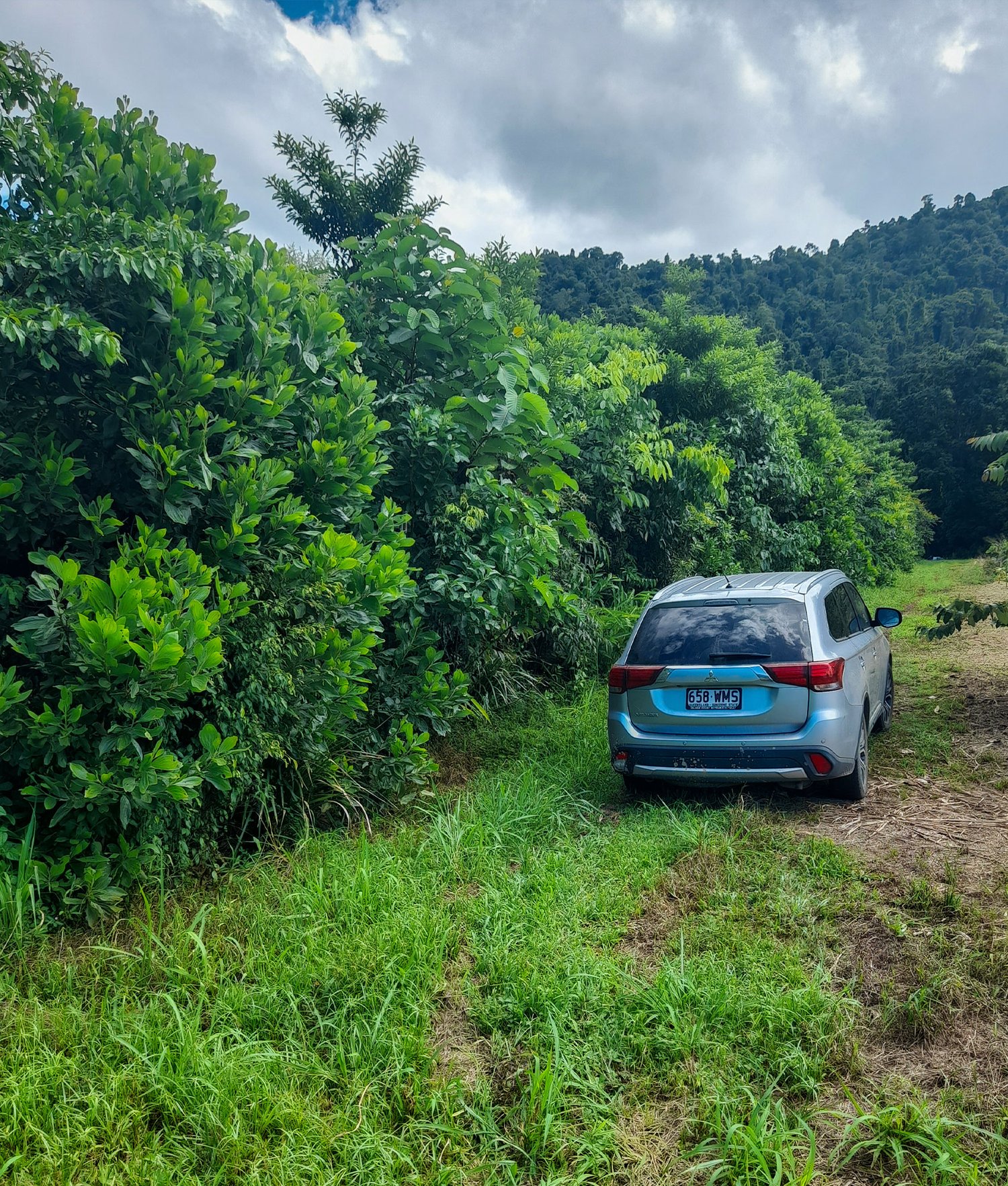
Forest Report: 1.5 Years
DATE: 22.09.2022
Survival Rate: 98%
Average of Tallest 3 Trees: 500cm
Gurrbum’s height has increased 5x in 1 year; exceptional growth and survival rate. The forest floor has developed and canopy is widening.

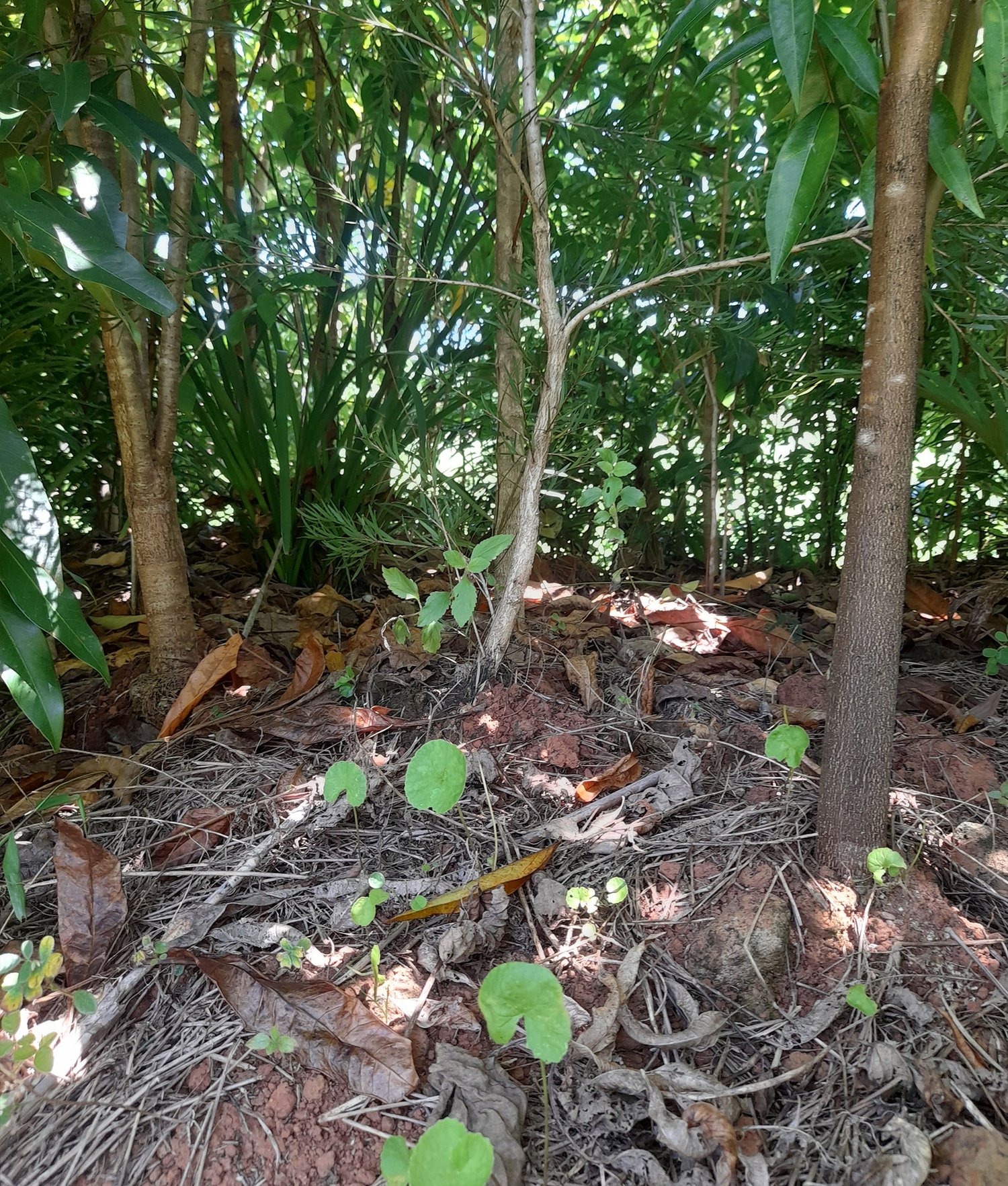
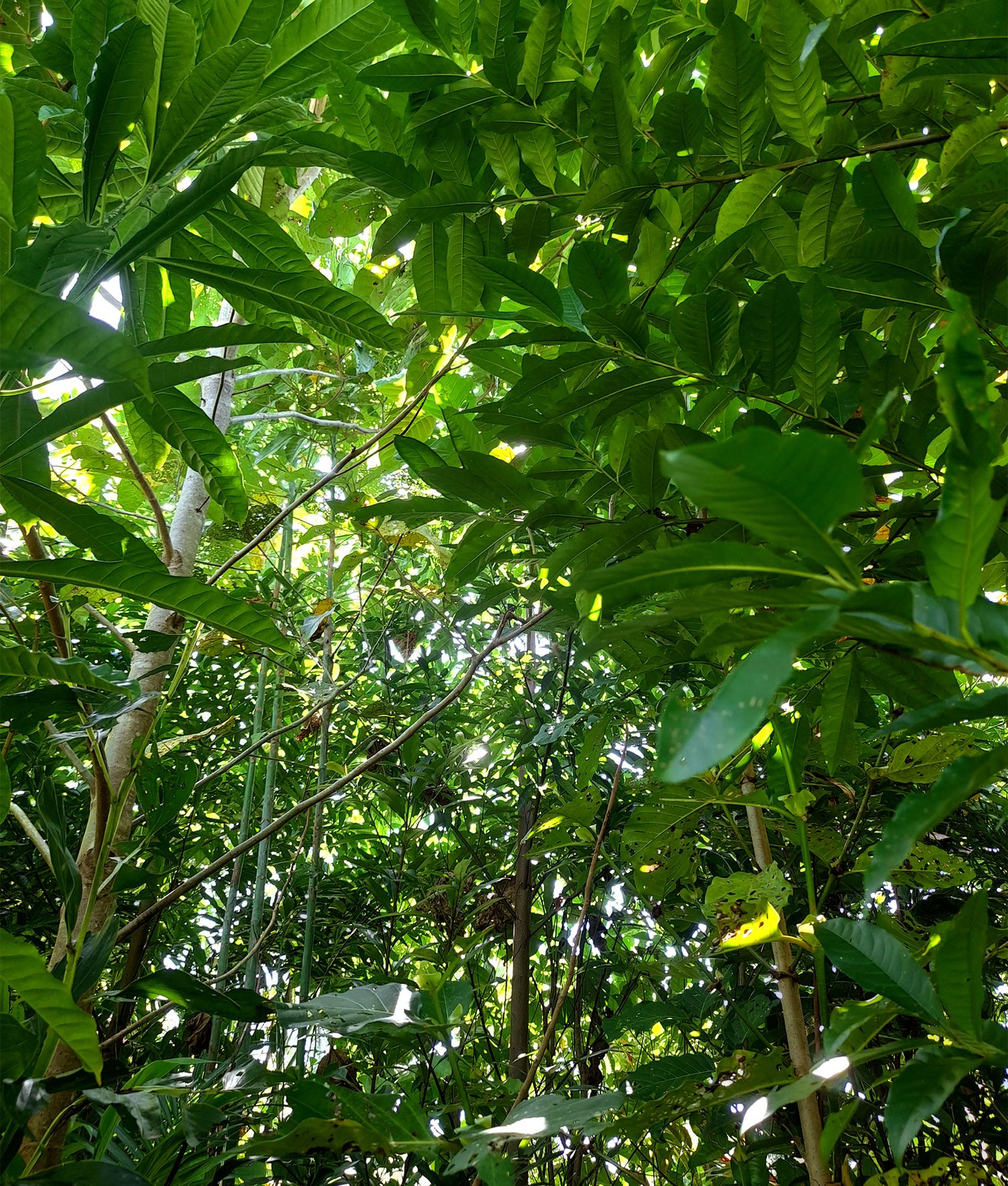
Biodiversity Notes:
Many insects and small fauna spotted, including various species of caterpillar, butterfly, small reptiles, lizards, praying mantis, kaddydids, moths, ants, and at least six spider species.
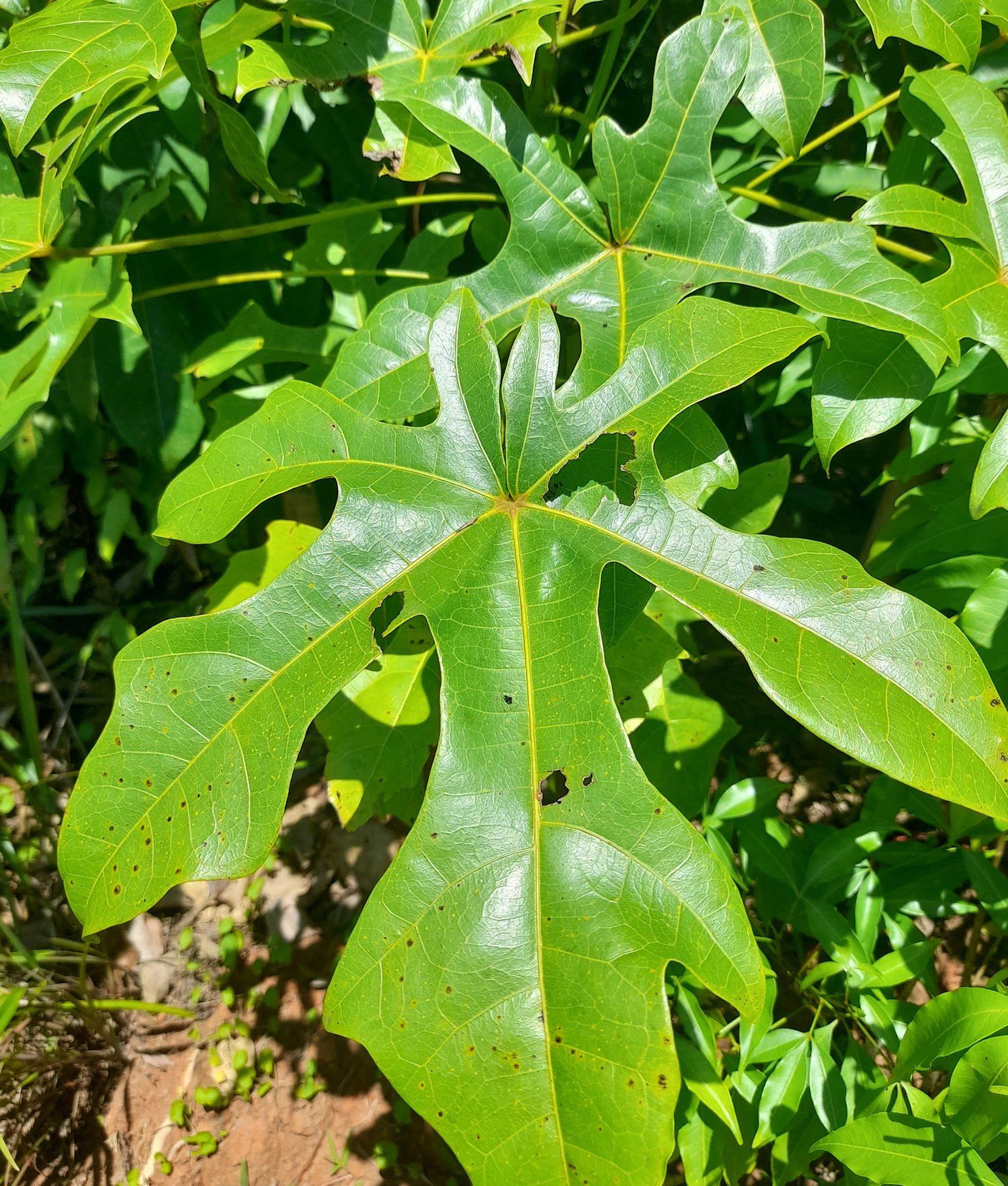
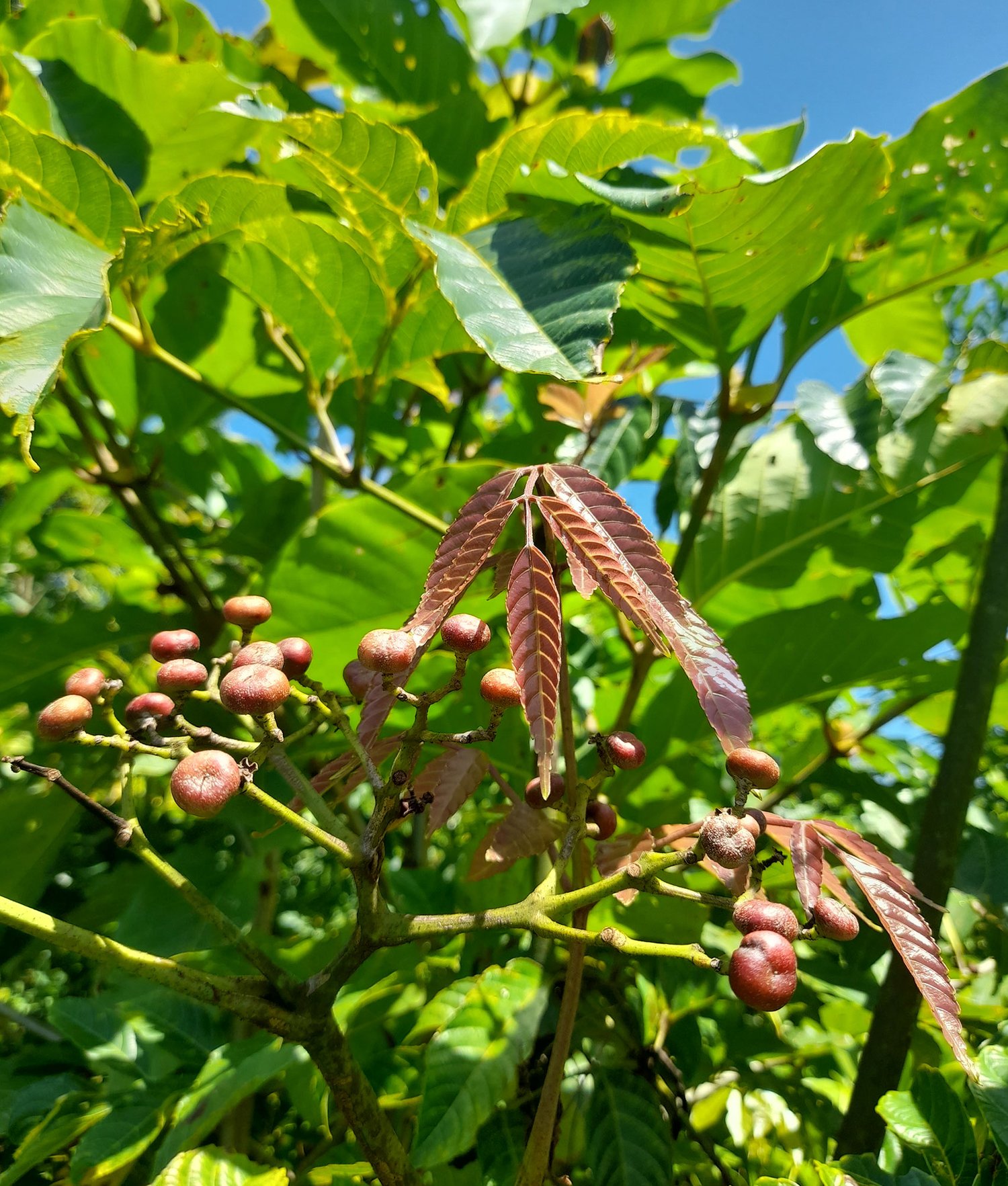
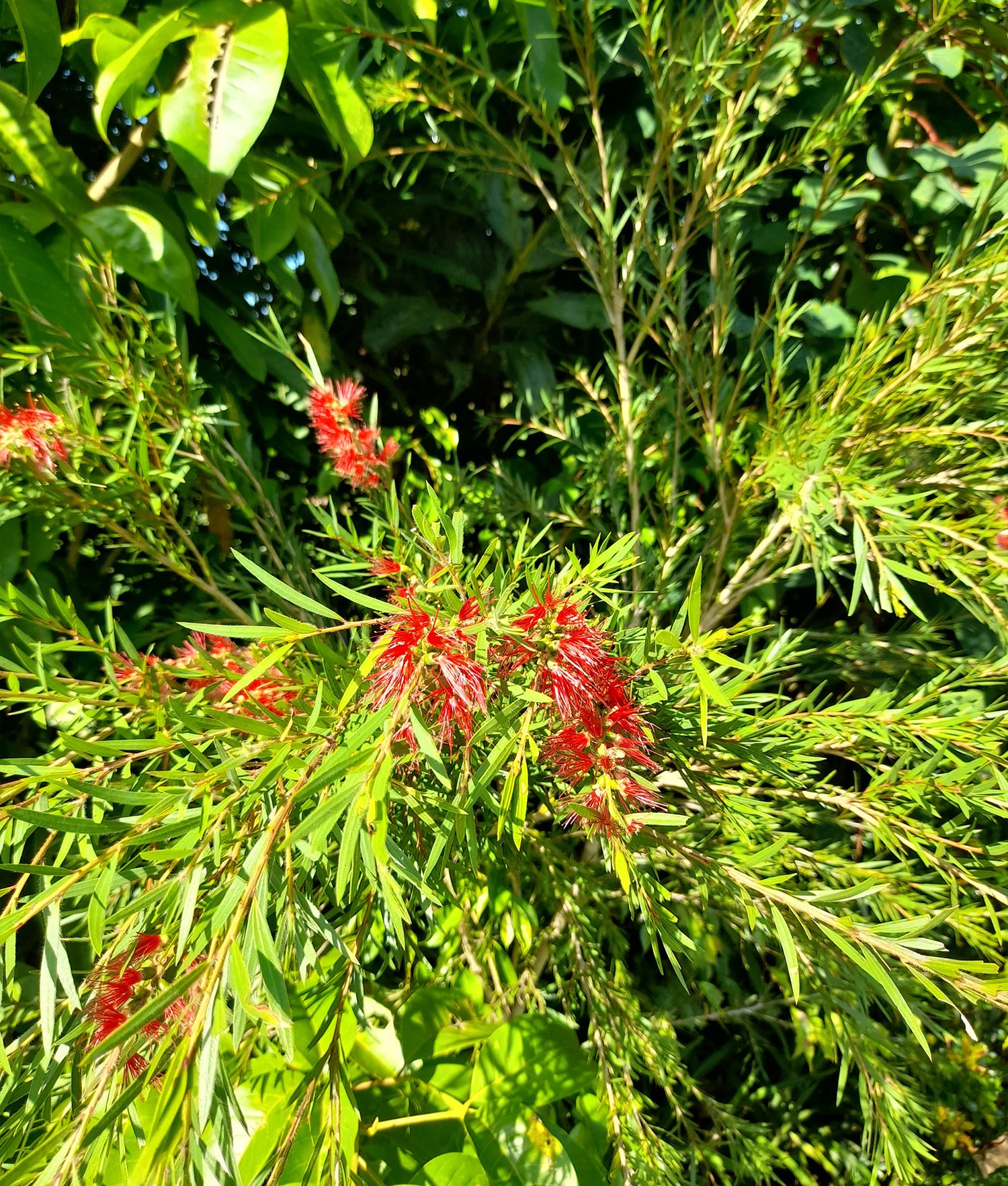
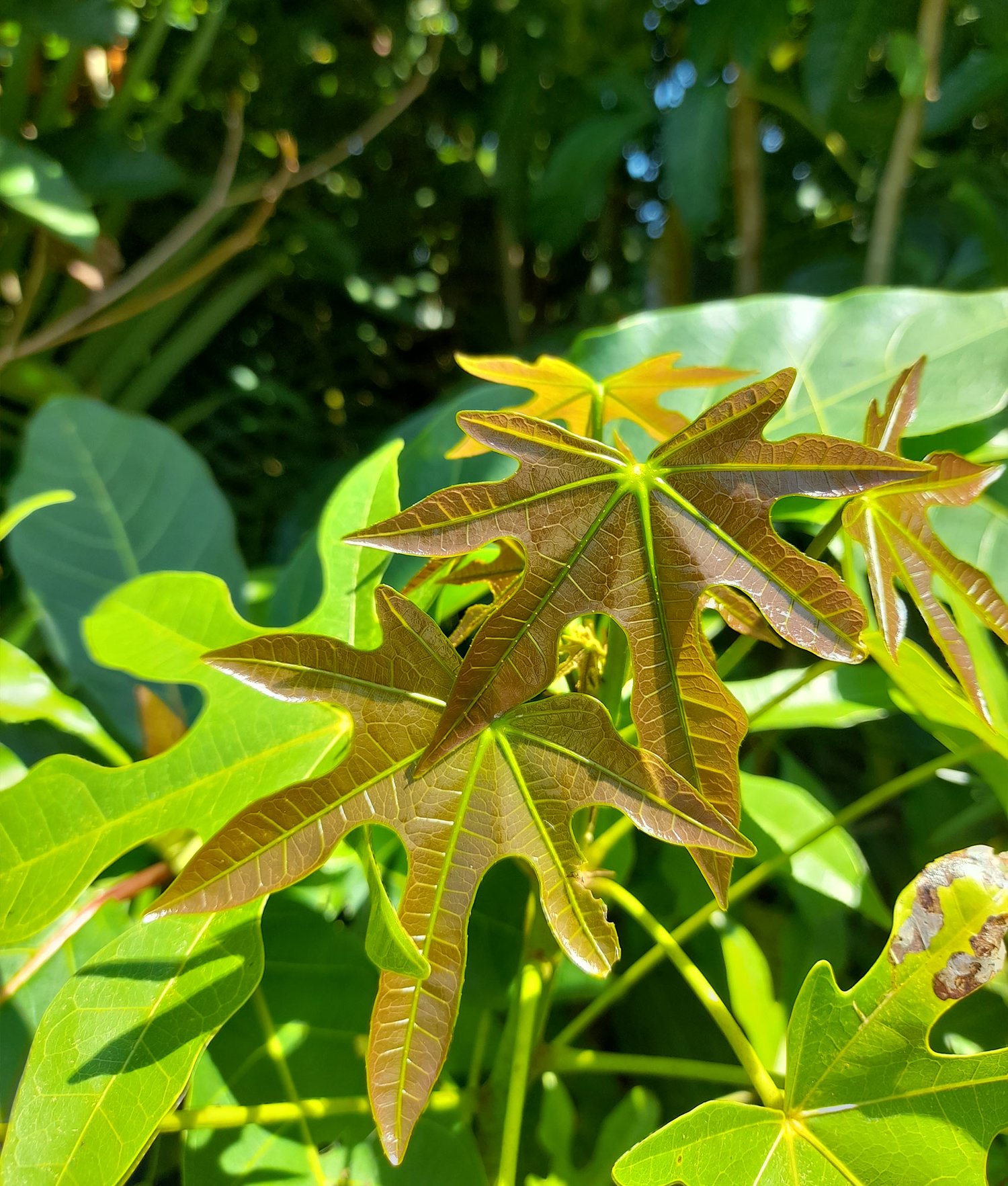
Forest Report: 10 months
DATE: 22.09.2021
Survival Rate: 99%
Tallest Tree: 100cm
The forest is looking very healthy with one species already flowering. Seed succession is underway from a nearby forest.

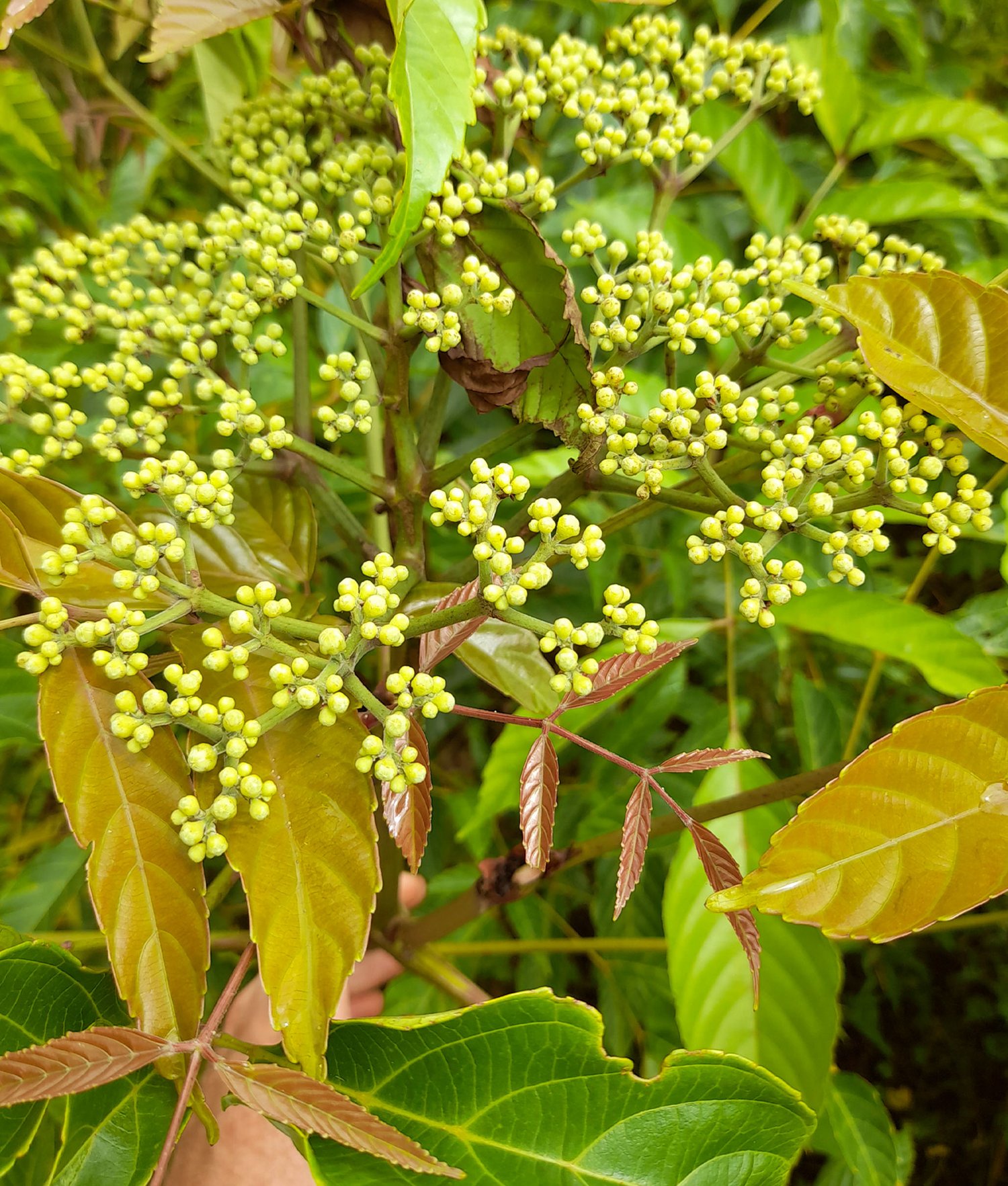

Forest Report: Planting
DATE: 22.03.2021


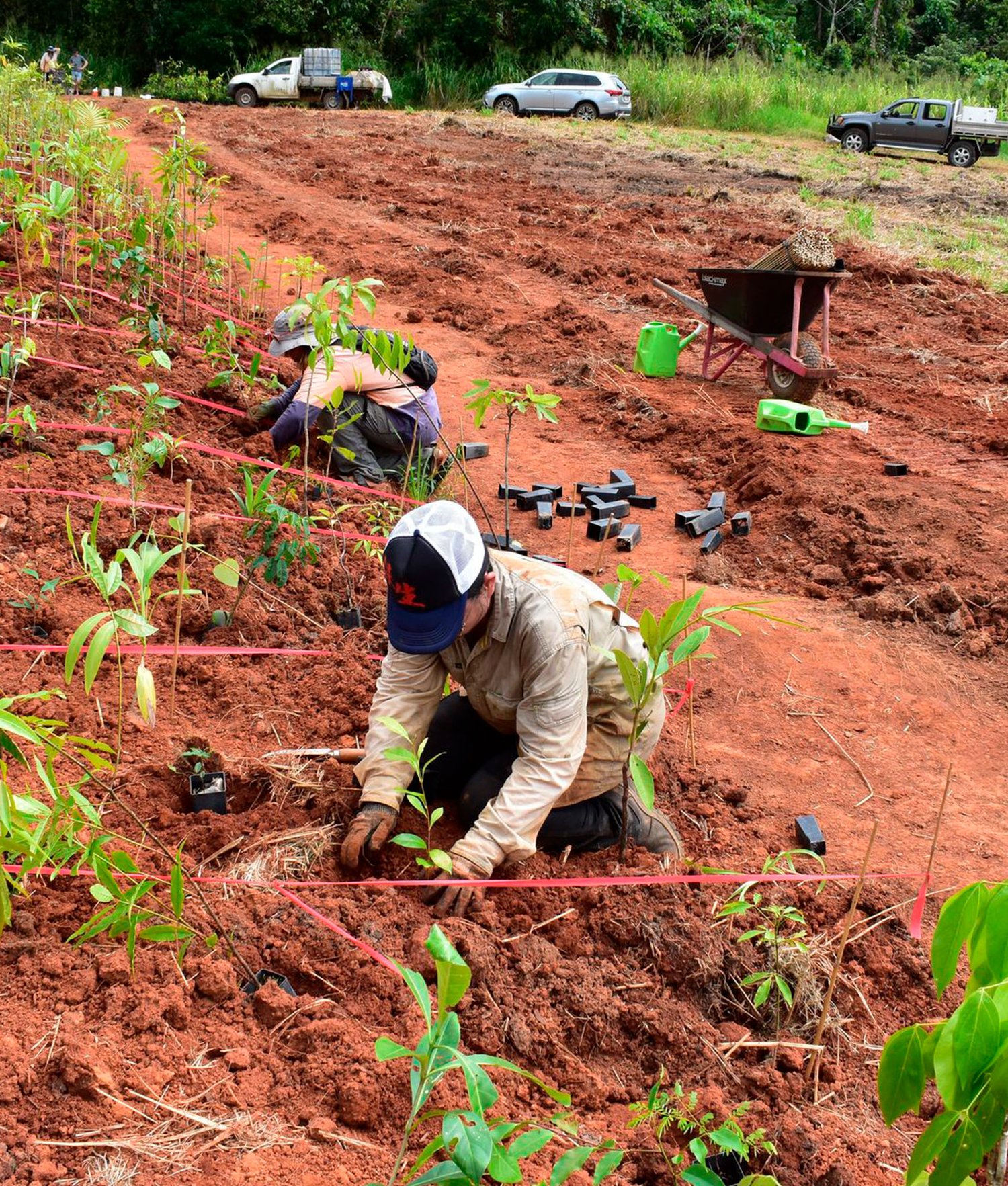
Native Wildlife
The southern cassowary (Casuarius casuarius), also known as double-wattled cassowary, Australian cassowary or two-wattled cassowary, is a large flightless black bird. It is a ratite and therefore related to the emu, ostrich, and Kiwi genera.
Subject to ongoing habitat loss, limited range, and overhunting in some areas, the southern cassowary is listed as Endangered under Federal and Queensland State legislation. Some threats are habitat loss (logging), feral animals eating their eggs, hunting, and roadkill. Road building, feral animals, and hunting are the worst of these threats. It is estimated that there are only approximately 2,500 individuals left in Australia.

Discover more SUGi Projects

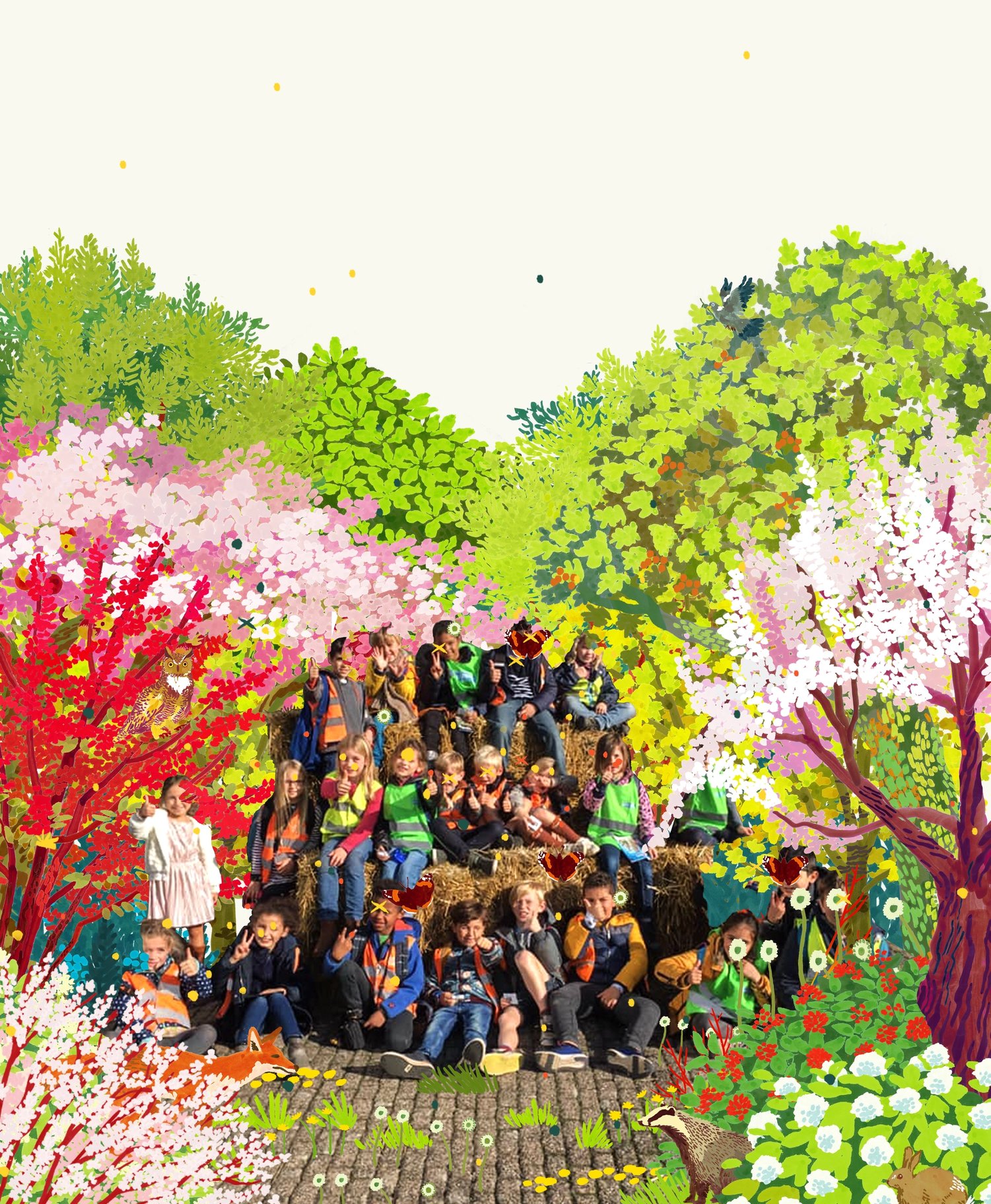
De Ark
A forest learning center in Sint-Niklaas


Langalibalele Forest
Cultivating a green oasis for community wellness and education.

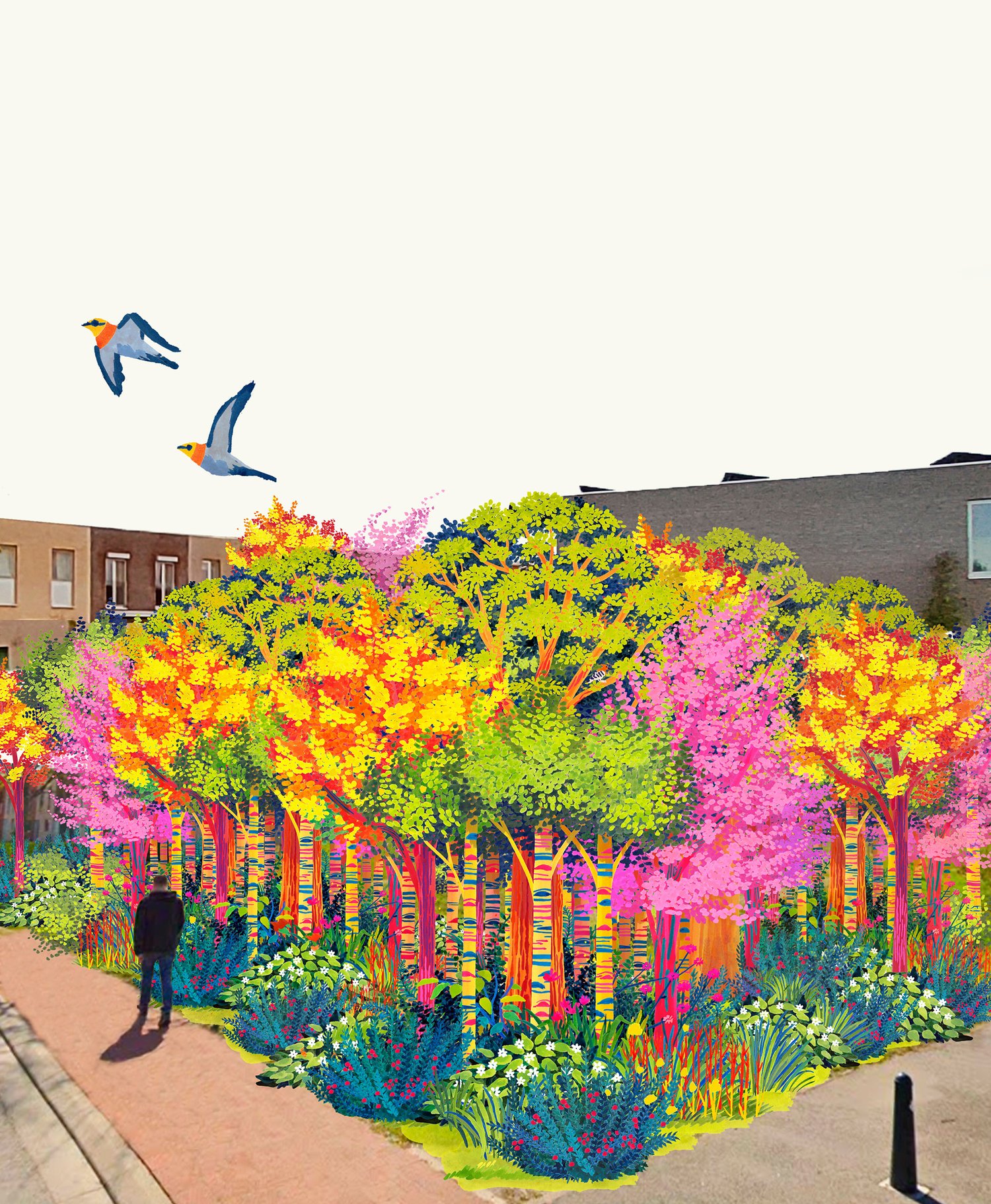
Papenhof Forest
Nature-based therapy at the heart of a city
